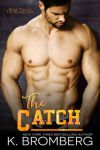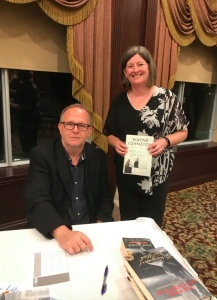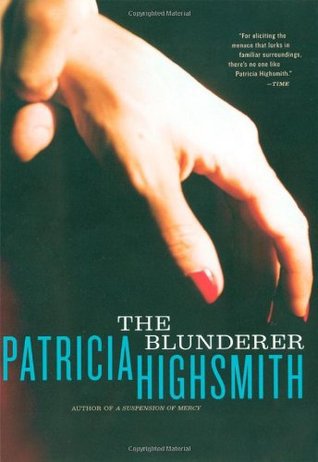
Recently I picked up a strange and unique novel known as Give a Boy a Gun. I should warn you that this book is about two boys who go on a school shooting, therefore I will be talking about what may be an uncomfortable topic for some. Hence you have been warned if this is not something you want to be reading about. As a British man, my view of school shootings will likely be different to that of the average American, in part because the issue is not nearly as prominent in the UK. As a result my view of the issue may at times come across as quite alien. In some ways the gun crime in America has always intrigued me, and I must confess that I have quite the morbid obsession with school shootings, particularly the famous ones such as Columbine from which this novel seems to draw its inspiration. As a consequence the book was an interesting read.
Give a Boy a Gun has a unique style of narrative in that it tells its story in the form of interviews, compiled by Denise Shipley, the stepsister of Gary Searle, one of the shooters. The story is thus told through multiple alternate point of views which change with each paragraph giving the story and almost omniscient narrative with the way it frequently flies between each narrator. Between these are things such as suicide notes written by the perpetrators and online conversations, which often serve to add variety to the narrative. This was an intriguing thing for me, particularly the addition of online conversations since this something that is often missing in a lot of the so called “scrapbook” or epistolary novels which appear from time to time. Additions such as this make the novel feel more modern as a result, though I admit having to memorise the usernames of each of the main cast members was annoying at times. I would have maybe preferred it if they put the real names in brackets or something.
The story itself is simple. Despite never seeing things from their perspective, the story revolves around shooters, Gary Searle and Brendan Lawlor and an exploration of their gradual descent into misanthropy. The story follows the course of their time in high school and uses the interviews to give an insight into why Gary and Brendan did what they did. The novel cumulates in an account of the incident itself, which takes place at a dance during their Tenth Grade. Amongst the numerous people giving accounts of the story are a mutual friend of Gary and Brendan, Ryan Clancy and Gary’s girlfriend, Allison Findley. The latter was an interesting addition because in one way it showed that even if he wasn’t completely ‘lonely’, the bullying and teasing him still isolated Gary to the point where he wanted to go ahead with the shooting despite being in a relationship with Allison. I had mixed feeling about her role in the end however, since her role in stopping the shooting seemed somewhat contrived and in hinsight I couldn’t help but wonder if she was only there to give Gary a crisis of conscience at the last second.
To me I can’t decide of that crisis of conscience at the end was a good thing or not. In the end it results in Gary shooting himself, an event which essentially puts an end to the shooting due to the resulting shock. On the one hand it showed that he wasn’t completely far gone, but sometimes I wonder if the story would have been better if he rejected that last opportunity of redemption. It also created this power dynamic where Brendan was the “stronger” of the two. This idea of one shooter being an instigator is a trend I’ve seen in fiction relating to school shootings to the point where I actually think it’s a bit cliché in a strange sort of way. Up until that point I was hoping that it would reach some conclusion that neither would be ‘more guilty’ than the other, and I was somewhat disappointed that the story did not go in that direction.
Expectations aside, the novel was a brilliant read and one I would wholly recommend to anyone who is interested in the topic of school shootings. It reflects a lot of reality, though at times I feel like it rehashed a lot of the popular conceptions of the Columbine Massacre rather than try to construct original personalities and motivations for the shooters. However it is still a great novel. It’s a little bit on the short side but throughout the entire thing I was completely gripped. I’ve been waiting for a novel like this for some time and I’m grateful for its attempt at innovation. One of the best pieces of fiction on school shootings I’ve read so far.
SCORE: 4/5
IN A WORD: REAL
Advertisements Share this:




